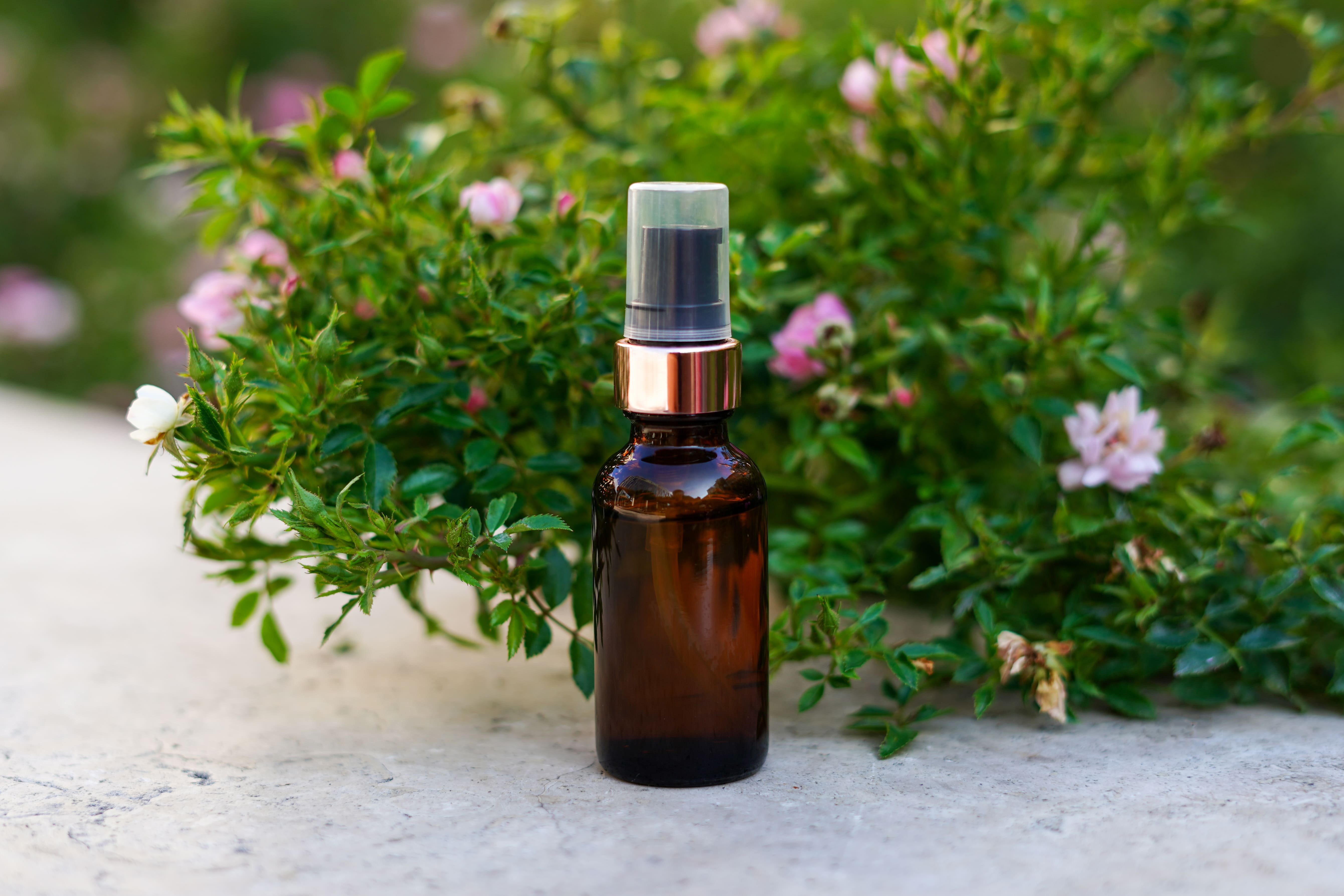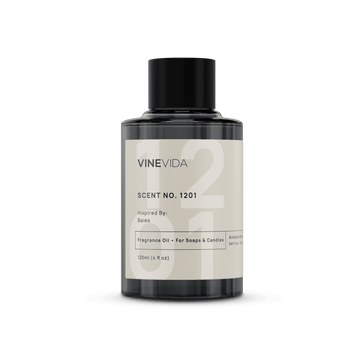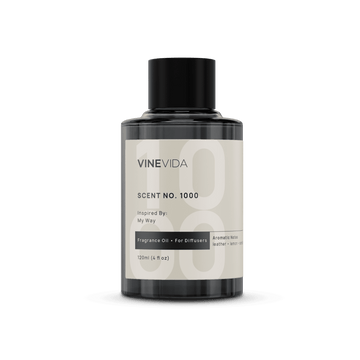Someone once told me, "If you think you are too significant to make a difference in the world, spend the night in a room with a mosquito." Powerful imagery. The World Health Organization (WHO) estimates that mosquito-borne diseases kill some 725,000 people a year. Malaria alone accounts for 600,000 of that number. No surprise that so many people ask us how to make mosquito repellent with essential oils. This is one of the most crucial research areas with plant extracts, but it has both opportunities and pitfalls.
How Can Essential Oils Repel Insects?
You know, a more logical question might be, how can a plant relax me or soothe my pain? Plants have no apparent reason to want to help humans. Stopping caterpillars from eating their leaves, though, has direct opportunities. Plants make the chemicals that become essential oil constituents to have an easier time in the world. Volatiles are released to attract beneficial pollinators and repel other pests that may harm them.
Plants like citronella have very little other use in the world apart from the chemistry they release into the atmosphere to repel insects.
For this reason, almost a third of patents pending for insect repellents contain citronella essential oil.
The Pitfalls of Using Essential Oil Mosquito Repellents
Importantly, you should know that no oil is proven to prevent or cure malaria. If there were, we would be wealthy by now indeed.
We know insects are less likely to come near us if we smell these oils. However, their effects are fleeting. At Vinevida, we have designed readymade repellents for you; however, even then, we can make you less likely to be bitten, but we cannot be entirely sure they will not.
There are too many things we don't know about essential oils, mosquitoes, why some transmit malaria, and others don't, and even why some people are more susceptible.
So. Many. Moving. Parts.
Which Mosquito Causes Malaria?
Among over 3,000 mosquito species, very few consume human blood or transmit disease. The most dangerous species are some of the Anopheles genus, Aedes, and Culex.
Aedes aegypti spreads yellow fever, lymphatic filariasis, Zika, and dengue fever.
The Anopheles mosquito is found on every continent except Antarctica. It is the main spreader of malaria in tropical and subtropical climates. Climate change is pushing its reach much further north and south.
I always think of how the ancients in the Mediterranean used to say, "The goddess requires blood sacrifice…" and wonder if they were referring to the fact that it's only the female mosquito that bites you.
Mosquitoes usually feed on nectar, but when pregnant, females from these dangerous lineages require inordinate amounts of protein to sustain them. Hence, feasting on any inch of bare skin.
That it is the pregnant female who bites is made more cruel that pregnant women (and children under the age of 5) are most at risk from malaria. Pregnancy reduces immunity to malaria, making pregnant women more susceptible to infection and, in turn, at greater risk of illness, anemia, and death.
Maternal malaria also impedes the growth of the fetus, increasing the risk of premature delivery and low birth weight – one of the leading causes of child mortality.
Malaria Prevention
Spraying problematic geographic zones with chemicals has been very effective in the past. This is particularly useful in sub-Saharan Africa, where vector-favorable conditions and poverty prevail, increasing the disease burden. The problem is that the chemicals also kill off beneficial pollinators, which in turn affects harvests and insect populations on a larger scale.
Insect-repellent nets have also been a great boon in saving two-thirds of seven million lives between 2000 - 2015. (Bhatt, 2015)
Now, the problem becomes the genius of mosquito evolution…they have become resistant, so previous efforts are no longer as efficient as they were.
I think one of the cleverest developments is the genetic modification of certain species.
Male Aedes aegypti were rendered chemically sterile and then released into the wild to mate with females. The females, in turn, then lay sterile eggs that will not hatch. This approach has been shown to reduce populations of Aedes aegypti by 90% (Rozenbaum, 2021)
Mosquito Repellent Essential Oils
It's clear that essential oils are mosquito repellent, but we don't fully understand why that is.
We need to gain more knowledge about how mosquitoes smell things. There needs to be more information about the different proteins and molecules involved in their olfactory process, which makes progress very difficult.
Notwithstanding, research has uncovered enough characteristics of insect olfaction to suspect that the repellent effect of what they smell is very light. There seem to be other factors that are repelling them outside of what they smell; thus, molecular effects need to be investigated further.
Why are Essential Oils Interesting for Mosquito Repellent Research?
This is an ongoing thread because we learn more about how insects engage with plants every day. We didn't know this when I qualified in aromatherapy thirty years ago.
Today, we understand that the plants' natural chemicals not only repel insects, but they can actually interfere with insect biology at varying points in the life cycle and, indeed, into the malaria transmission process.
One of the critical advances in the field is that drug treatments are now increased by adding a plant derivative, artemisinin, into the mix. Artemisinin-based combination therapies mix pharmaceuticals with artemisinin, the antimalarial drug derived from the sweet wormwood plant Artemisia annua.
Artemisinin
Artemisinin is a sesquiterpene lactone distilled from flowers and dried leaves or flower clusters of A. annua. Chinese physicians first recognized the fever-reducing) properties way back in the 4th century. They called the plant qinghao and administered the remedy as qinghao tea. The active constituent, qinghaosu, was isolated in the 1970s and became known as artemisinin. The wormwood plant also uses artemisinin to prevent other plants from taking nutrients. It is a powerful protector for the plant.
Chinese scientist Tu Youyou discovered the chemical and received the Nobel Prize in 2015 for her work on it. She elucidated that artemisinin interferes with the malaria parasite's cellular functions.
Artemisinin is active against all protozoal organisms of Plasmodium. Plasmodium is the disease vector of malaria.
Today, several artemisinin derivatives, including artesunate and artemether, are used to treat malaria.
So, in itself, it is a beneficial ingredient; however, the effects of artemisinin are short-lived, so there are vulnerabilities if the effects run out quicker than expected. Then, malaria can take hold and infect the system. For this reason, ACTs Artemisinin-based combination therapies always include longer-acting antimalarials to bridge that gap.
The essential oil of Artemisia annua is widely available (although we do not yet stock it); however, the Artemisinin molecule does not appear in the chemical analysis documentation of the essential oil (Padalia, 2010)
Other Interesting Developments in Essential Oils as Mosquito Repellents
Research shows that essential oils from the genus Cymbopogon affect the eggs and larvae in Ae—aegypti species. Fewer eggs hatch, and many of those that do are deformed. (Castillo- Morales, 2021)
These boons seemed to come from Geranyl acetate, significantly decreasing hatching (75.4%). Geranyl acetate is found in large quantities in Palmarosa essential oil.
When the researchers looked at oils that might stop mosquito eggs from hatching, Lemongrass Essential oils almost cut their viability by half (46.2%).
Geraniol is perhaps one of the most critical molecules in how to make mosquito repellent with essential oils.
Outdoors, geraniol was found to repel 75% of mosquitoes. (Chen, 2010)
Again, geraniol is a fascinating molecule, and I remember that bed bugs also refuse to go anywhere where there is geraniol. Again, Palmarosa essential oil is made up almost entirely of either geraniol or geranyl acetate.
In a highly complex study in 2019, female mosquitoes were selected between 3-10 days old, placed into an acetate box, and fed with various feeds.
After many convoluted studies, they determined that a mix of 5% geranyl acetate and 5% nerolidol had a repellent capacity equivalent to Deet. (Portilla-Pulido, 2020)
Interestingly, the most effective mosquito repellent oils come from grasses that are wind-pollinated, not insect-pollinated.
Factors We Need to Consider When We Think of How to Make Mosquito Repellent with Essential Oils
First, it must be active against as many of the 300 mosquito species as possible.
This is an almost impossible standard, and one reason that research is ongoing. However:
The Anopheles species is one of the main vectors of malaria. Palmarosa, lemongrass, and citronella essential oils protect against Anopheles culicifacies and other anopheline species. (Ansari, 1995)
Culex quinquefasciatus mosquitoes transmit diseases that affect humans and other animals. Infections include St. Louis encephalitis, Western equine encephalitis, and West Nile fever, which occur as the mosquito feeds on the blood.
Palmarosa, lemongrass, and citronella essential oils give between 95-96% protection against Culex quinquefasciatus (Ansari, 1995)
Camphor (C. camphora) oil provided 97.6% protection against both An. culicifacies and 80.7% against Cx. quinquefasciatus. (Ansari, 1995)
Coconut oil (C. nucisera) (carrier oil) showed repellent action against some species, but was not pronounced against Cx. quinquefasciatus. (Ansari, 1995)
Another Key Concern: How Long Is The Treatment Going To Be Good For?
Plants make their volatile chemicals evaporate into the air and travel. This means that they will disappear, usually after about an hour.
However, a 1995 study showed that Palmarosa essential oil continued to evaporate into the air and provide protection at a rate of 96.3% for between 5-12 hours (Ansari, 1994)
Finally, it must be vicious to mosquitoes but gentle to human skin.
Citronella is certainly insect repellent, but it can often irritate the skin. So this is brilliant for making candles or sprays, but not for anything you want to put on delicate skin, especially children's. Palmarosa is far gentler on the skin and lasts longer.
Also Read: 6 Best Essential Oils For Bug Bites: Skip The Scratching
How To Make A Mosquito Repellent With Essential Oils
Spray Bottle Repellent for The Air
- 100ml Water
- 10ml Alcohol
- 50 drops Palmarosa Essential Oil (Cymbopogon martinii var Sofia)
- 10 drops Citronella Essential Oil (Cymbopogon flexuosus)
- 10 drops Lemongrass Essential Oil (Cymbopogon flexuosus)
Method of Preparation:
- Add the essential oils to the alcohol to disperse and dilute.
- Add water to fill the bottle.
Method of Use:
- Use the blend to spray picnic tablecloths and clothes.
- Repeat the application every hour or so.
Repellent Oil
- 50ml Fractionated Coconut Oil (Cocus nucifera)
- 50 drops Palmarosa Essential Oil (Cymbopogon martini var Sofia)
- 5 drops Vetiver Essential Oil (Vetiveria zizinoides)
Method of Use:
- Apply to the skin every hour or so. Use it especially on our skin.
Safety:
- Not suitable for use during the first 16 weeks of pregnancy.
Final Word
I cannot stress enough that there are no guarantees of using mosquito-repellent essential oils. And while you know how to make mosquito repellent with essential oils, go ahead and try it. If nothing else, Palma Rosa and vetiver essential oils will make your skin feel incredible. But please remember that even the scientists' quest to make mosquito repellent with essential oils continues. The mosquitoes are still winning this battle, so be doubly careful in what you use. This advice is not meant to replace any the doctor would give you or any treatments he would recommend.














